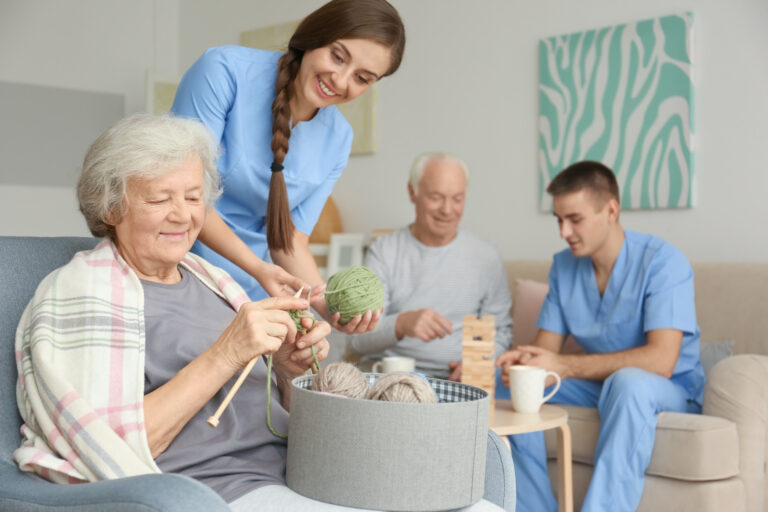Alzheimer’s disease is a progressive brain disorder that affects millions of people around the world. It is a form of dementia that causes memory loss, confusion, and difficulty with communication and daily tasks. As the disease progresses, it can also lead to problems with breathing, such as sleep apnea. In such cases, a BiPAP (bilevel positive airway pressure) machine is often recommended to help a person with Alzheimer’s breathe easier while they sleep. If you have a loved one with Alzheimer’s who needs to use a BiPAP machine, here are some tips on how you can help them adjust to using it.
1. Educate yourself about the BiPAP machine
The first step in helping someone with Alzheimer’s use a BiPAP machine is to educate yourself about the device. Understand how it works, its benefits, and potential side effects. This will help you explain the purpose of the machine to your loved one and answer any questions they may have.
2. Involve their doctor
Before starting to use a BiPAP machine, it is important to consult with your loved one’s doctor. They will be able to provide guidance on the appropriate settings for the machine based on your loved one’s condition. The doctor may also recommend a sleep study to determine the severity of sleep apnea and make any necessary adjustments to the machine.
3. Familiarize your loved one with the machine
It is essential to familiarize your loved one with the BiPAP machine before using it. Show them the machine, let them touch it and get accustomed to its presence. Explain how it works, and let them watch you use it if possible. This will help reduce any fear or anxiety they may have towards the device.
4. Start slow and build up gradually
Using a BiPAP machine can take some time to get used to, especially for someone with Alzheimer’s. Start with shorter periods of time, such as during a nap, and gradually increase the duration as your loved one becomes more comfortable. This will also help them adjust to the sensation of having a mask on their face while they sleep.
5. Establish a routine
Individuals with Alzheimer’s thrive on routine, and it can be especially helpful in adapting to a new device. Establish a bedtime routine that includes using the BiPAP machine. This could include dimming the lights, playing soothing music, or reading a bedtime story. Having a consistent routine will help your loved one feel more comfortable and relaxed while using the machine.
6. Make adjustments for comfort
Using a BiPAP machine can be uncomfortable for some people at first. Encourage your loved one to communicate any discomfort they may be feeling and make necessary adjustments. This could include adjusting the mask straps, trying a different mask style, or using a heated humidifier to reduce irritation in the nose and throat.
7. Provide reassurance and support
It is common for individuals with Alzheimer’s to become agitated or confused by new changes in their routine. Be patient and understanding, and provide reassurance and support throughout the process of using the BiPAP machine. Stay calm and positive, and remind your loved one of the benefits of using the machine to encourage them to continue using it.
8. Monitor and track progress
Keep track of your loved one’s progress while using the BiPAP machine. This could include noting any changes in their sleep patterns, behavior, or overall well-being. Share this information with their doctor to ensure that the machine is working effectively and make any necessary adjustments.
9. Seek additional support
Caring for someone with Alzheimer’s can be challenging, and it is essential to seek additional support when needed. Joining a support group or seeking advice from a healthcare professional can help you cope with any difficulties you may encounter while helping your loved one use a BiPAP machine.
In conclusion, using a BiPAP machine can greatly improve the quality of life for someone with Alzheimer’s who is also struggling with sleep apnea. With patience, understanding, and support, you can help your loved one adjust to using the device and enjoy a better night’s sleep. Remember to involve their doctor, establish a routine, and provide reassurance throughout the process. By following these tips, you can make the experience of using a BiPAP machine a more comfortable and manageable one for both you and your loved one.





